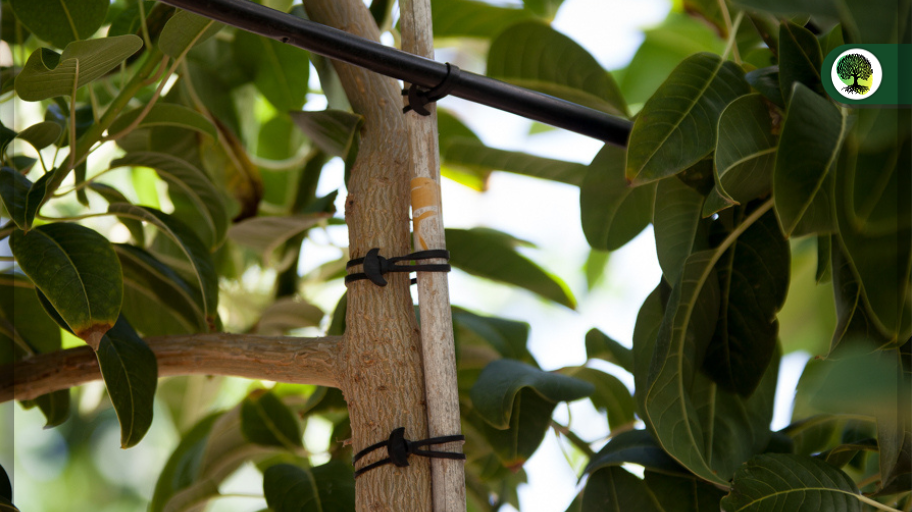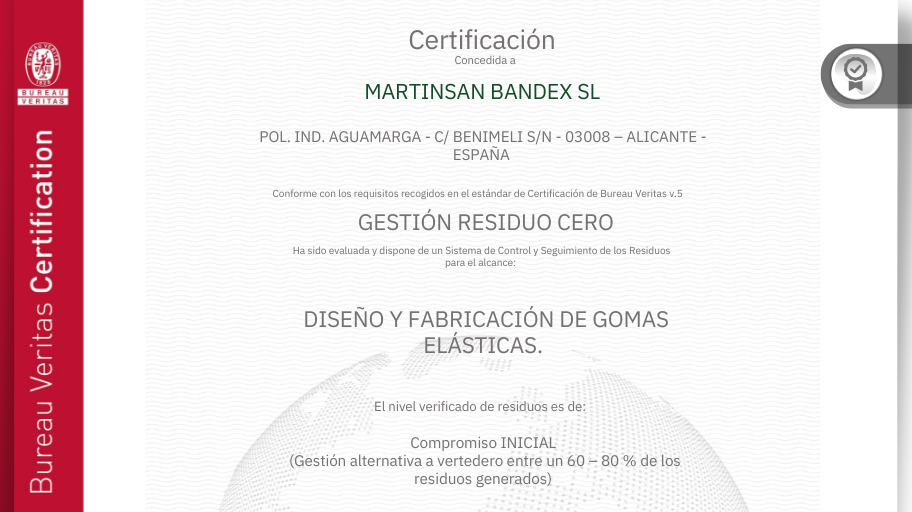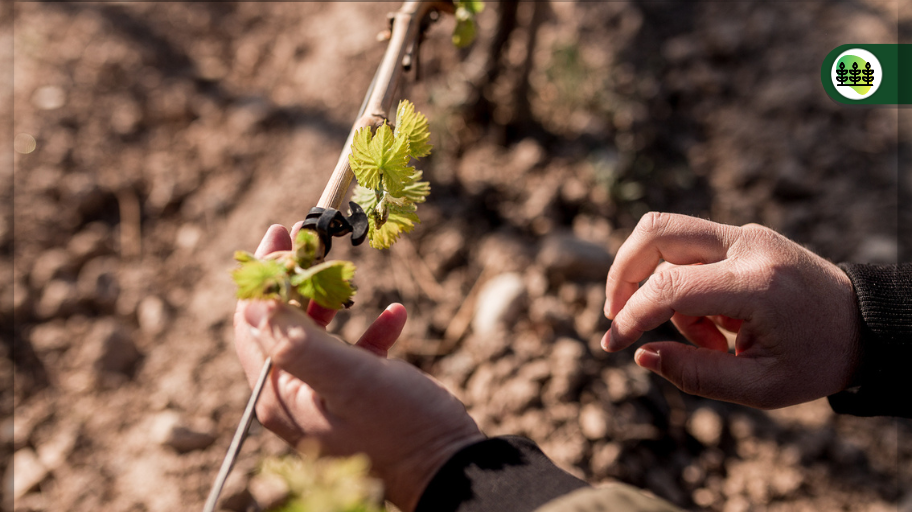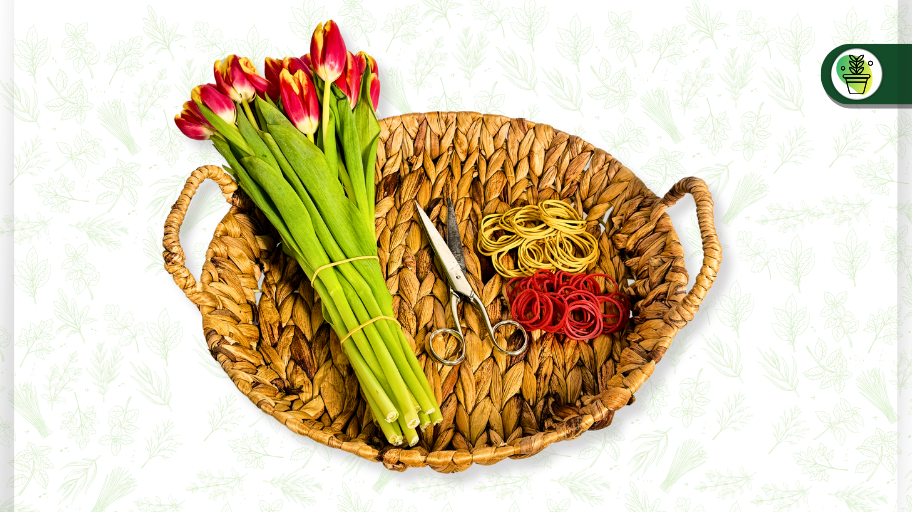A study by Statista states that the agricultural area dedicated to cultivating fruit worldwide amounted to approximately 66.5 million hectares in 2021. In the European Union (EU27), Spain was the first producer of fruits and vegetables, with more than 26% of the production and the seventh worldwide –according to a study updated in 2021 by the Ministry of Agriculture, Fisheries and Food-.
As a whole (fruits and vegetables), they reached 1,873,520 ha of sown area, representing an increase of 3 % more than in 2020 and almost 7 % more than the average of the last five years. At the close of 2022, the figures obtained in the Survey of Surface Areas and Crop Yields (ESYRCE) closed with around 4,363,008.05 ha of area planted with fruit trees.
One of the main indicators that determine the quality of the fruit and the life span of a fruit tree is the trellising system. In this article, we will talk about different training techniques and their importance in avoiding disproportionate plant size, preventing fruit damage, and taking care of the aesthetic aspect of our plantations.
Stay to discover what fruit tree staking consists of and find one solution that Bandex manufactures and markets to secure the stems to the stake: the EPDM rubber anchor band.
What is fruit tree training?
Trellising is not an agricultural practice reserved only for climbing plants. In fruit tree plantations, using supports or stakes helps maintain and guide their growth. Although there are different techniques, experts, and growers highlight the following three:
- Simple staking: involves using a single stake or pole to support the main trunk of the young tree. The stake is placed close to the tree and secured to the trunk to provide stability and guide vertical growth. As the tree grows, the tying system attaching it to the stake is adjusted to maintain its upright position and prevent strangulation.
- Dutch staking: consists of a combination of individual stakes and wires to guide branch growth. Vertical stakes are installed along the tree rows, and horizontal wires are placed at different heights between the stakes. Tree branches are tied to the cables at specific angles to maintain their desired shape and facilitate exposure to the sun.
- Danish staking: This system is widely used on fruit trees such as apple and pear trees. Unlike Dutch staking, Danish staking generally uses wires in an inverted “V” or “A” shape, creating a structure that holds the branches in a more open form. It will allow better exposure to sunlight and facilitate harvesting.
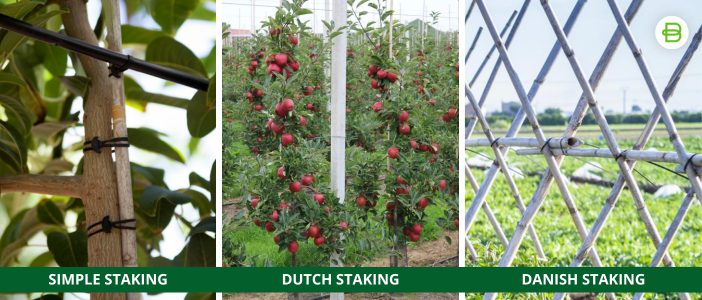
Why is it important to stake fruit trees?
All these techniques, although different, coincide in a single purpose: to guide the proper growth of the trees, avoid unnecessary thickening of the stems, and maximize the production of high-quality fruit.
Other advantages of proper training of fruit trees include:
Preventing the plant from becoming too large
Fruit tree staking is essential to control the size and shape of fruit trees. With proper support, branches spread smoothly and grow at appropriate angles. Staking helps to guide vertical and horizontal growth, preventing the tree from becoming too large and unmanageable.
This also helps to prevent the fruit from becoming susceptible to damage from adverse weather conditions such as high winds or storms as it grows and develops. Proper staking facilitates and speeds up the process during pruning because the branches are better arranged and accessible.
This is a critical moment during the life cycle of fruit trees because dead, diseased, or poorly oriented branches are removed, promoting healthier growth and more uniform fruit production.
Providing a neat aesthetic appearance
Trellising also contributes to the aesthetic appearance of the orchard or garden. Shaping the tree through staking creates a neat and attractive appearance. Well-trained fruit trees exhibit a balanced and uniform structure, which is essential in public or residential spaces where visual appearance is a relevant factor and can increase the aesthetic and monetary value of the area.
The design and arrangement of stakes and wires should be carefully planned to ensure trees are not too close together and have enough room to grow and receive adequate lighting. Tree density and orientation may vary depending on the crop type and specific soil conditions.
Preventing fruit damage
Proper fruit tree staking can have several agronomic benefits. When branches are not adequately supported, they become prone to break under the weight of ripe fruit. Using stakes and wires prevents branches from bending or breaking, ensuring fruit remains high and develops healthily.
On the one hand, this improves the distribution of sunlight, which is essential for efficient photosynthesis and higher fruit production and quantity. On the other hand, it minimizes contact with the soil, reducing the possibility of crop damage and disease.
Uses of anchor bands to support fruit trees
The anchor band manufactured and commercialized by Bandex is one of the most widely used tying systems to fasten the stems of fruit trees to the stake, such as apple, pear, peach, cherry, kiwifruit, and grapevines. It is a versatile product that fits all the staking techniques mentioned in this article.
Here we summarize other advantages that make it an ideal alternative for your crops:
- Speed in execution and removal: the Bandex anchor band is easy and quick to apply, which reduces the time needed to stake a tree compared to more complex tying methods, such as ropes or wires. Its elastic design facilitates installation and adjustment without the need for additional tools.
- Secure hold: securely holds the plant in place, preventing the stems from slipping or twisting due to the weight of the fruit or intense weather conditions. It can also adapt to the plant’s growth without causing wounds or strangling like other rigid tying systems.
- Various uses: with two different sizes of anchor bands, you can secure the plants to the stake and close the protector. Due to its elastic properties, it is a very versatile product that can be used on different types of fruit trees and at different times in the life of the plants. If we compare it with other systems, such as automatic tying machines, although these reduce the application time, they are limited to trees with a stem thickness between 2-3cm. In the medium to long term, they have a guillotine effect.
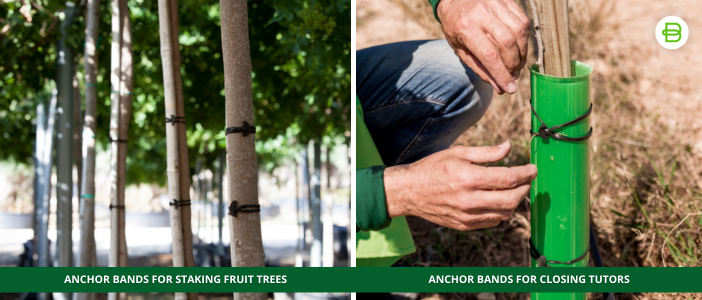
- Support to inclement weather: our anchor band is manufactured with raw materials and additives that make it resistant to inclement weather, such as the impact of winds, rain, and intense frost, as well as direct exposure to the sun, among others.
- Controlled elasticity: The elasticity of the anchor bands allows the branches to move naturally in response to wind and growth without the risk of breaking. This flexibility is essential to prevent damage and deformation that could affect the flow of nutrients and the tree’s overall development.
- Effective Guidance: The anchor band provides a secure attachment of the stems to the stake at specific angles, preventing the leaves and fruits from creating shadows on parts of the tree. It promotes more uniform exposure of the entire tree to sunlight, improving the quality and size of fruits in all areas of the plant.
At Bandex, we have a wide range of measurements adaptable to any size and thickness of trees between 3 cm and 30 cm or other measures manufactured on demand. The standard packaging format is 1kg or 5kg bags or customizable according to the needs of each client.
How many units per kg does each bag contain? Do not hesitate to contact our team and receive the guide to bring the rubber anchor to your fruit trees. Learn the details from experts in elastic rubber bands for the agricultural sector.


